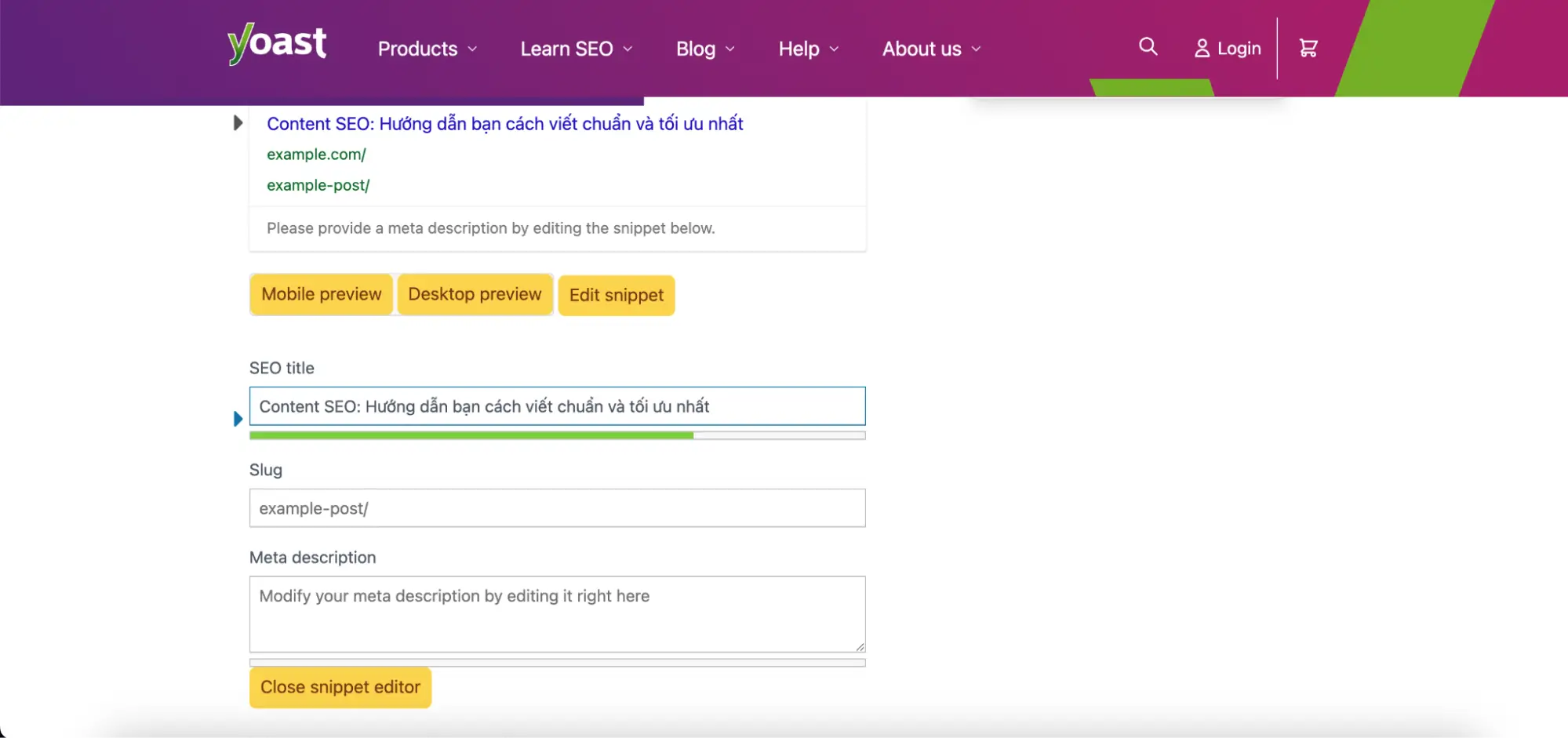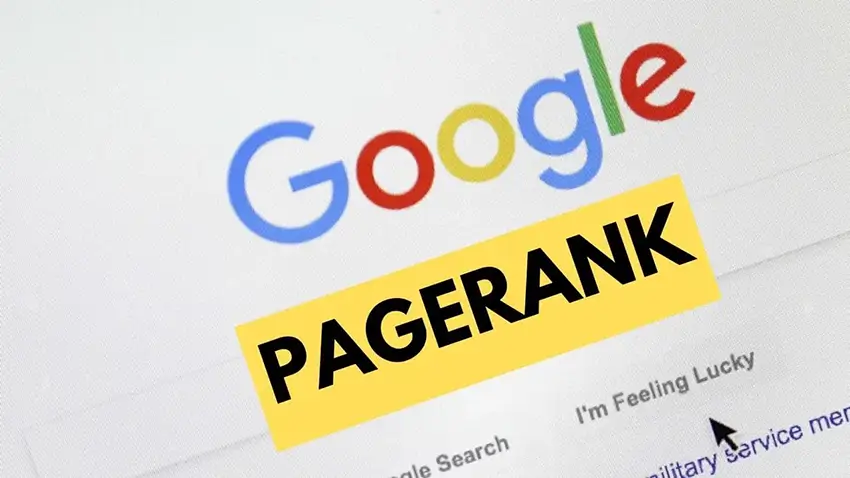Content SEO: A Step-by-Step Guide to Writing Properly Optimized Content
Content SEO is one of the key factors that help a website achieve high rankings on search engine results pages. To write optimized and high-quality content, refer to the guide from Lead Digital Agency.
1. What is Content SEO?
Content SEO simply refers to content—articles, images, etc.—that meets search engine requirements. An SEO-friendly article needs to satisfy two main conditions:
- Matches the search intent of users
- Is clearly structured and technically optimized so search engines can understand and value it

Writing SEO content is no simple task.
However, an effective SEO article can greatly support your goals in the following ways:
- Increases organic traffic
- Boosts time-on-site and user engagement
- Enhances brand credibility and visibility in the digital environment
2. Why is Content SEO Important?
Here are a few reasons why content SEO plays a crucial role in search engine optimization:
2.1 Improves Visibility
SEO-optimized content helps search engines better understand and evaluate your site. As a result, your content is more likely to appear at the top of search results—where users are most likely to see and click.
2.2 Attracts Organic Traffic
Users search for information through tools like Google every day. If you have content that addresses their needs, you can attract free, stable, and long-term organic traffic. As a result, SEO content helps businesses significantly reduce advertising and brand communication costs.

SEO content helps the website attract organic traffic more effectively
2.3 Builds Credibility and Trust
When users frequently see your website offering helpful content, they gradually develop a positive impression and trust in your brand—giving you an edge over competitors.
2.4 Increases Conversions
Strong SEO content not only improves brand trust but also boosts your conversion rate. Articles that appear at decision-making touchpoints or provide detailed product/service reviews can persuade users to make a purchase, submit a form, or get in touch.
2.5 Supports Digital Marketing Efforts
A website or landing page with well-crafted content can keep visitors engaged for longer and even accelerate their decision-making process. Advertising platforms such as Google Ads, Facebook Ads, and TikTok Ads place strong emphasis on the landing page experience. As such, SEO content plays a vital role in enhancing and supporting these advertising efforts.

High-quality SEO content enhances and supports digital marketing efforts.
3. How to Write Proper SEO Content
After understanding the importance of SEO content, the next part from Lead Digital Agency will guide you through 6 steps to write optimized content effectively:
Step 1: Keyword Research
Keyword research is the most critical step in crafting an optimized article. Key factors to consider include:
- Primary Keywords: These are the main keywords you want to target. They typically have high search volumes and are directly related to your brand or product/service. Examples include “comprehensive SEO” or “SEO-friendly content.”
- Secondary Keywords: These are related terms that support the primary keyword, such as “comprehensive SEO services,” “top comprehensive SEO agencies,” or “how to write SEO-friendly content.”
You can use tools like Google Keyword Planner, Ahrefs, or SEMrush to find high-volume, appropriately competitive keywords.
Step 2: Outline the Content
An SEO content article should have a clear and well-defined structure, including:
- A headline that summarizes the topic.
- A hook or introductory paragraph that draws readers in.
- The body, divided into key points and supporting ideas using bullet points or subheadings.
- A conclusion with a call-to-action (CTA) to encourage user engagement.
Don’t forget to use heading tags (H2, H3) so search engines can better understand your content hierarchy.
Step 3: Craft the Title and Meta Description
The title plays a crucial role in attracting clicks and is equally important for search engine visibility. A well-optimized title should:
- Be around 50–60 characters in length.
- Include the primary keyword at the beginning.
- Be compelling and engaging to readers.
- Whenever possible, include numbers to increase appeal. For example: “6 Most Effective Steps to Write SEO Content in 2025.”

You can use a tool to check the length of your SEO content title.
An essential part of SEO content is the meta description. This is the short snippet that appears beneath the title on search engine results pages (SERPs). A good meta description should include:
- A length of about 150–160 characters.
- The primary keyword placed at the beginning.
- A clear, concise, and compelling summary. Example: “SEO-optimized content helps your website reach top rankings quickly and effectively. Discover the best tips for writing high-quality SEO articles here.”
Step 4: Write In-Depth Content
In the early days of SEO writing, content creators often focused on stuffing as many keywords as possible into their articles. However, modern search engine algorithms now prioritize SEO content that is truly helpful to users over keyword density.
To create effective SEO content, make sure your writing:
- Addresses the exact concerns or needs of your target audience.
- Uses simple, easy-to-understand language—avoid overly academic or technical terms.
- Offers fresh, updated, and in-depth insights, ideally supported by credible sources.
- Does not duplicate content from other websites.
Remember, a well-optimized SEO article isn’t just written for search engine bots—it’s meant to be informative and easy to read for real users.
Step 5: On-Page Optimization
This step leans heavily on the technical skills and experience of an SEO content specialist. The tasks involved include:
- Insert keywords naturally: Avoid keyword stuffing. The main keyword should appear in about 1–2% of the total word count.
- Use internal links: Strategically link to other relevant articles on your website.
- Add external links: Reference reputable sources to increase credibility. You can use the rel=”nofollow” attribute to ensure website safety.
- Optimize images: Name image files clearly and add alt tags that include the primary keyword.
- Ensure readable formatting: Use short paragraphs, bullet points, and bold text to highlight key ideas.

SEO content needs to be optimized on-page to achieve the best results
Step 6: Regularly Update Your Content
A common mistake among SEO practitioners is writing an article once and leaving it untouched. In reality, knowledge and real-world information are constantly evolving, so your content needs to be refreshed periodically in the following cases:
- When the information in the article is no longer accurate or relevant.
- When search engines update their algorithms, requiring adjustments to your content structure.
- When links in the article become broken—you’ll need to replace them with new ones.
- When you want to add additional keywords to better target user intent.
Search engines highly value content that is consistently maintained and updated.
We hope this detailed guide has helped you understand how to write effective and optimized SEO content. If you need expert consultation on SEO services, feel free to contact Lead Digital Agency using the information below:
- Office: 215 Nguyen Gia Tri Street, Thanh My Tay Ward, Ho Chi Minh City
- Hotline: 093 2323 799
- Website: https://leadigital.vn/
- Facebook Page: https://www.facebook.com/leadigital.vn


